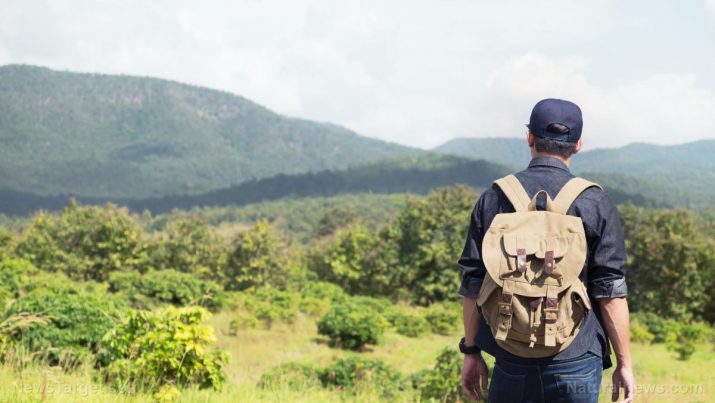Your survival depends on how aware you are of your surroundings: How good is your situational awareness?
Sunday, May 06, 2018 by Jayson Veley
http://www.bugout.news/2018-05-06-your-survival-depends-on-your-situational-awareness.html

Experienced survivalists understand that living to see another day requires much more than firearm skills and physical strength. The truth is, if there is no situational awareness present, then the chances of surviving potentially dangerous scenarios is slim to none. In an article published on TheSurvivalistBlog.net early last month, author Jesse Mathewson defined the term situational awareness as “understanding, observing and being involved in your immediate environment,” and also noted that the key to understanding your environment is being aware of your surroundings at all times.
Practice makes perfect
Many people may assume that teaching yourself how to become more situationally aware is difficult to do without intentionally putting oneself into a dangerous situation, but Mathewson described a simple technique that he uses quite often to train himself to be more involved with his immediate environment.
“I call it ‘UN-focusing,’” Mathewson explains. “Using the horizon, I look out and consciously make myself see the objects on the horizon without focusing on any of them in particular. When you do this, you will find that the smallest movement or change in your eye line will cause you to instantly shift and focus on it.”
Another strategy that Mathewson uses involves the use of colors to differentiate between the various levels of awareness. White is relaxed and unaware, yellow is relaxed but aware of your surrounding environment, orange is something significant has peaked your interest, red is when the thing you are aware of is a threat, and black is taking action with the intent to stop the threat in its tracks. Over time, Mathewson concluded that only three of these five colors are necessary to properly navigate life and stay safe: yellow, red and black. (Related: Here are five survival techniques you need to know for when society breaks down.)
Mathewson explained that he lives his life in yellow – that is, he is always relaxed but aware of his immediate environment. That way, he says, he can easily move to red (when you are aware of and focusing on the threat) and, when necessary, black (acting on the threat to stop it). Mathewson also made a point to remind readers that a “threat” is not always something that needs to be shot or killed; it can be anything from an out of control vehicle, falling rocks and debris, or even wild animals. (Related: Here’s how to remain mentally prepared and think like a survivalist.)
In addition to threats, certain things in your immediate environment can also be used to defend yourself. Train yourself to use glass walled buildings as mirrors, for example, concrete planters as cover, and possibly even crowds of people to disappear inside of. Be on the lookout not just for things that can do you harm, but also that can potentially save your life.
Multiple strategies are your best bet
The website BeSurvival.com outlined several more ways in which individuals can teach themselves to be situationally aware, some of which were mentioned by Jesse Mathewson in his own article but also many that weren’t:
Learn to predict events
Predicting the future with one hundred percent accuracy may be impossible to do, but that doesn’t mean there aren’t signs that you can look for to increase the odds that you can determine what is most likely going to happen. Always think ahead and try to predict future events so that you can respond accordingly.
Actively prevent fatigue
If you’re exhausted, then it is nearly impossible to maintain a sense of situational awareness. As such, be sure that you are getting an appropriate amount of sleep so that your mind will function properly in a life-or-death scenario.
Monitor the performance of others
Just because you happen to be situationally aware doesn’t mean that everyone else in your group or family will be as well. If even one person is not aware of what is going on, then it could put everybody else’s lives in jeopardy, including your own.
Read more survival strategies at Survival.news.
Sources include:
Tagged Under: Tags: defensive strategy, Off Grid living, preparedness, self-defense, situational awareness, survival

